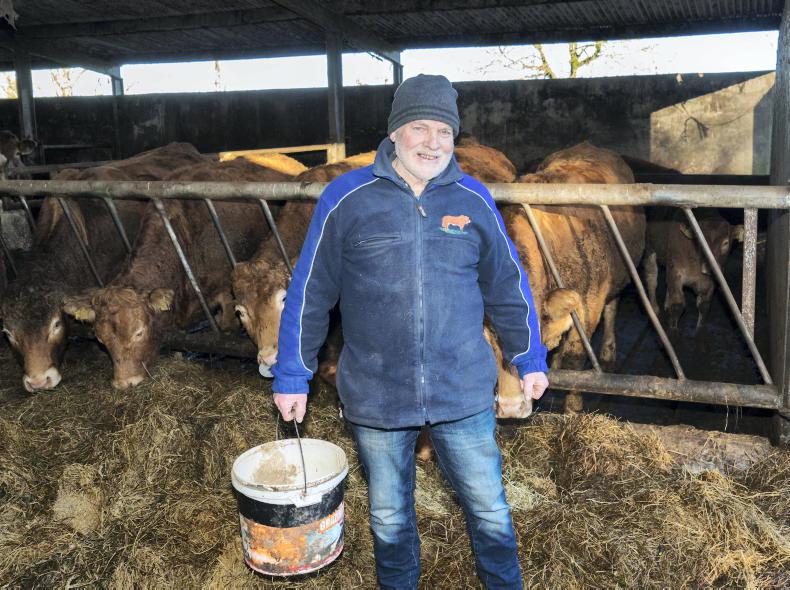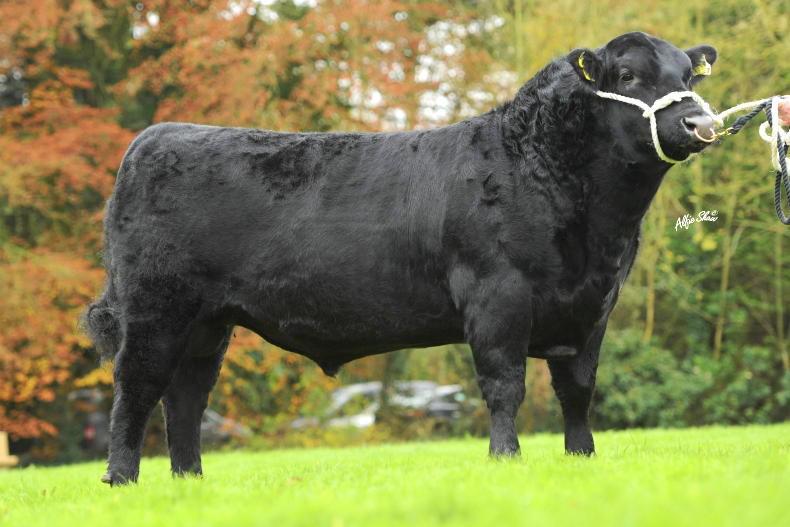This is the first time in over 20 years that the active bull list doesn’t occupy these pages.
The ICBF is still publishing a list but with a new proof run taking place at the end of March, it was felt that it would be better to wait, rather than publish soon-to-be outdated figures.
In any event, the importance of the active bull list is not what it used to be and it hasn’t been for the last 10 or 12 years.
The reason for this is that with genomic selection, it is the team of bulls rather one particular sire that is important.
Most dairy farmers can recall scouring the active bull list looking for three or four of the bulls that tick all of the boxes for them.
The offspring of these bulls and their performance was closely monitored and farmers used to go back to the same bulls year on year, with not that much change in the make-up of the list from one year to the next.
Nowadays, if one were to ask a group of farmers to recall the name or AI code of just one dairy bull used on their farm last year, most would struggle to recall. They are probably more likely to know the sire code of the beef bull used.
It’s a reflection of how much the system has changed, with most dairy farmers now using eight to 12 dairy bulls on their herd each year and most of them bulls only used for one season.
The reason for the need to use more bulls is that the reliability of individual bulls is lower now than it used to be in the past due to genomic selection.
So, by using more bulls, farmers are spreading the risk of one or more bulls’ EBI dropping rapidly as more information becomes available on him, or his sire.
According to Kevin Downing from the ICBF, farmers should be doing the following.
“Select a team of high-EBI AI bulls from the ICBF dairy active bull list to breed your dairy herd replacements. Use the team of bulls equally with no more than 15% of matings to any individual bull to minimise genetic and fertility risks.
“For a typical 100-cow dairy herd, at least eight bulls should be used, with no more than 15 straws (15% matings) to any individual bull.
“Only consider females with an EBI of at least €170 for mating to high-EBI dairy bulls (either sexed or conventional).
“All remaining females should be considered for mating to beef bulls with a high dairy beef index (DBI) value from the start of the breeding season."
High health status herds
“If you will not achieve sufficient dairy replacements with this strategy, consider purchasing dairy female replacements. If purchasing replacements, identify high-EBI genotyped females from high health status herds,” he says.
The national average herd EBI is now €176, so the advice from ICBF is that only the top 50% of cows nationally should be bred for dairy replacements.
With the use of sexed semen, farmers have become far more selective on what cows get dairy AI and this is a sure-fire way to speed up genetic gain.
Picking bulls is one of the most important jobs a farmer does in their career and is the one that is often overlooked. On too many farms, the process is outsourced to people who don’t have sufficient skill to do the job correctly.
I recall a conversation I had with a farmer last summer while we were standing in the field admiring his herd. When it comes to bull selection, he told me that the AI man picks what bulls to use.
“He has been doing it for years and is doing a great job at it. He knows exactly what type of cow I like and he delivers them for me. I couldn’t be happier,” he said.
Protein
The EBI of the herd was €180, so about average, but the cows were only doing 3.4% protein and this was in June.
If it was me, I would be asking someone else to pick the bulls to use, as judging by the EBI and the protein percentage, the quality of the decisions that have been made are average to poor and it’s costing this farmer dearly, but he doesn’t know it.
The top 10% of herds have an EBI of 225, €50 or 28% higher than the average herd EBI
The question all farmers need to ask is if they are making good breeding decisions, or not? OK, obviously not every herd can be in the top 50% for any metric, but herds should be making good progress.
The top 10% of herds have an EBI of 225, €50 or 28% higher than the average herd EBI. This is a wide gap and it shows the spread of EBI that is out there.
That’s a significant difference and it shows that there are easy wins available for the majority of herds. If the spread was tighter, it would indicate that all farmers are on the one track and the bulls they are using are all top EBI bulls.
Aside from the ICBF advice to only breed from the best cows, what other advice is there for farmers when it comes to picking bulls? The first thing is to only pick from the highest EBI bulls available.
The active bull list is a good place to look for these bulls, but farmers should also be aware that the youngest bulls that usually have the highest EBIs are not on this list, as they don’t have a calving proof.
These bulls are usually part of the Gene Ireland programme and are also available directly from the AI companies.
Farmers should be aware that they have no field fertility data so should use them sparingly and only as part of a wider team.
The main risk with these bulls over and above most other bulls being used is that there could be an issue with their semen due to some undiagnosed issue that evades the AI company screening process.
Secondly, the team of bulls used should all improve the genetic gain of the herd.
The best way to assess the quality of the bull team is to put the bull list into the sire advice programme on the ICBF HerdPlus website
Ironically, this is really easy to achieve in a below-average EBI herd and much harder to achieve in a top 10% EBI herd because the number of bulls that will increase the herd EBI and individual traits within that is much smaller for a high-EBI herd.
The best way to assess the quality of the bull team is to put the bull list into the sire advice programme on the ICBF HerdPlus website. When the process is finished and the bulls are assigned, the programme will show the predicted EBI of the progeny.
There should be strong gains across all traits, as well as overall EBI when compared to the herd average.
Doing this would avoid the scenario that we sometimes see where youngstock are worse than the herd average for certain traits.
Picking bulls
Finally, for farmers who aren’t confident picking bulls or who find the figures confusing, seek some sound advice on it. With the best will in the world, not all AI technicians or AI salespeople are skilled at this job.
Even if you are satisfied with the outcome, better could be available and better will make the farm more profitable.
There is no additional burden from using a good bull as to using a mediocre bull, so always use good bulls. Using mediocre bulls will lead to mediocre profits.









SHARING OPTIONS